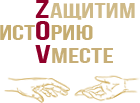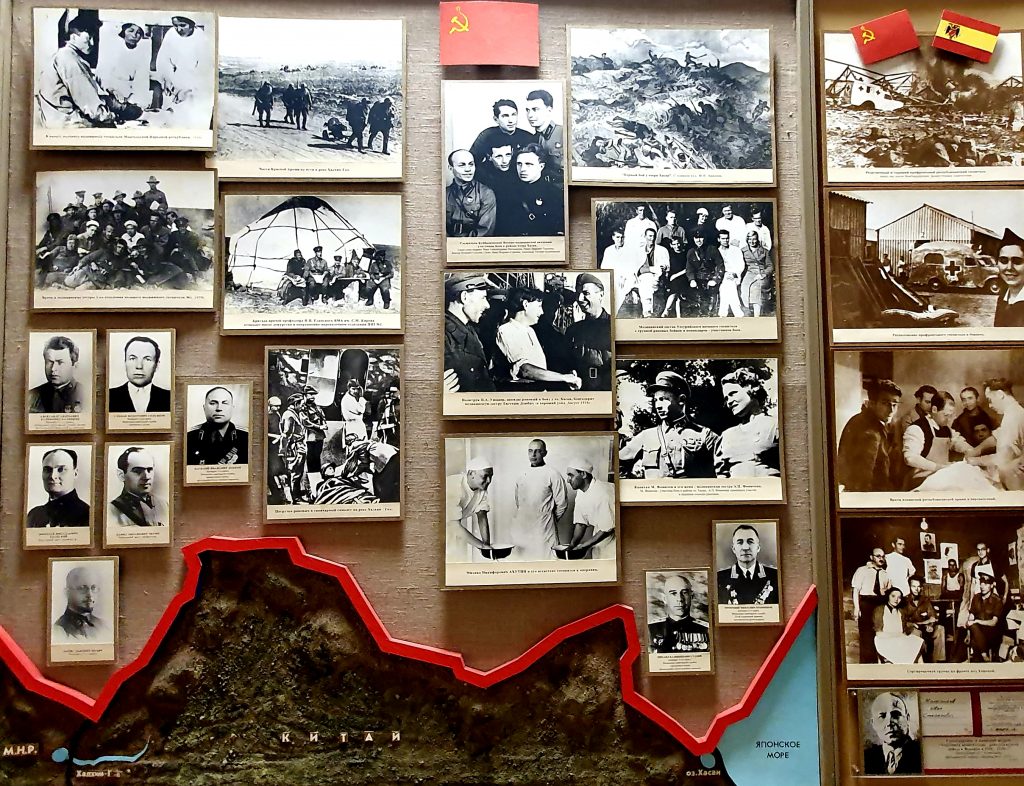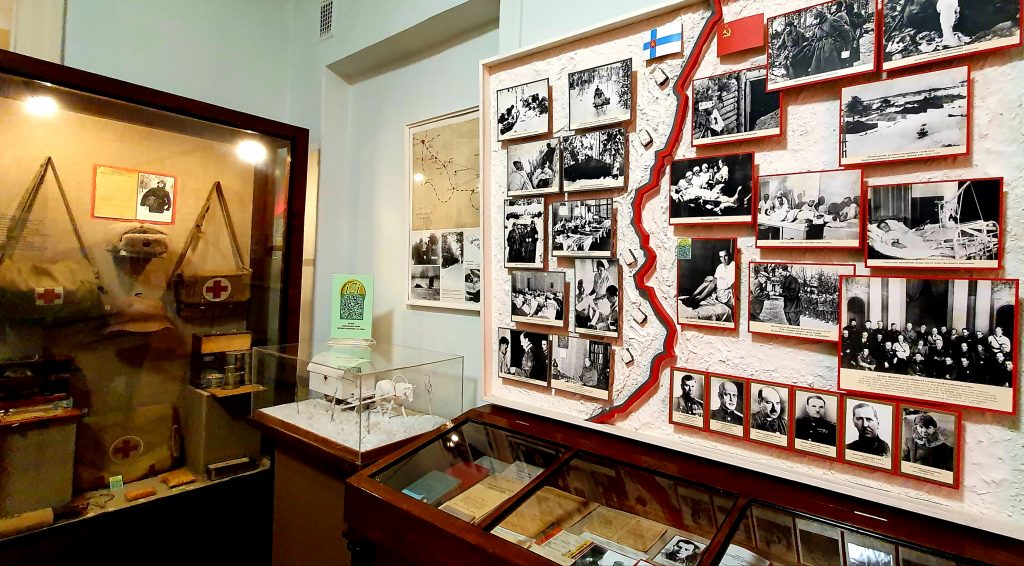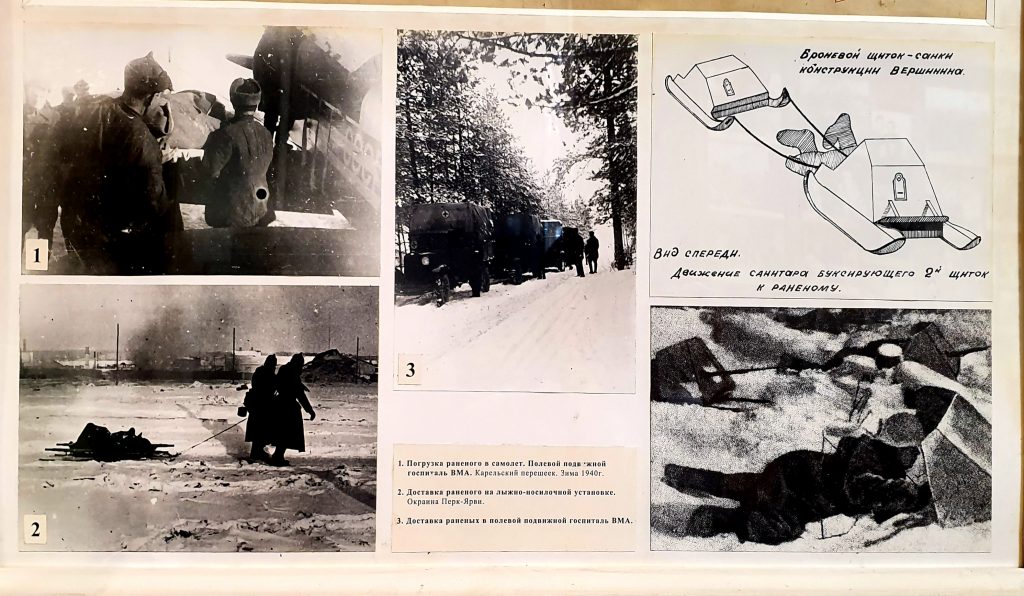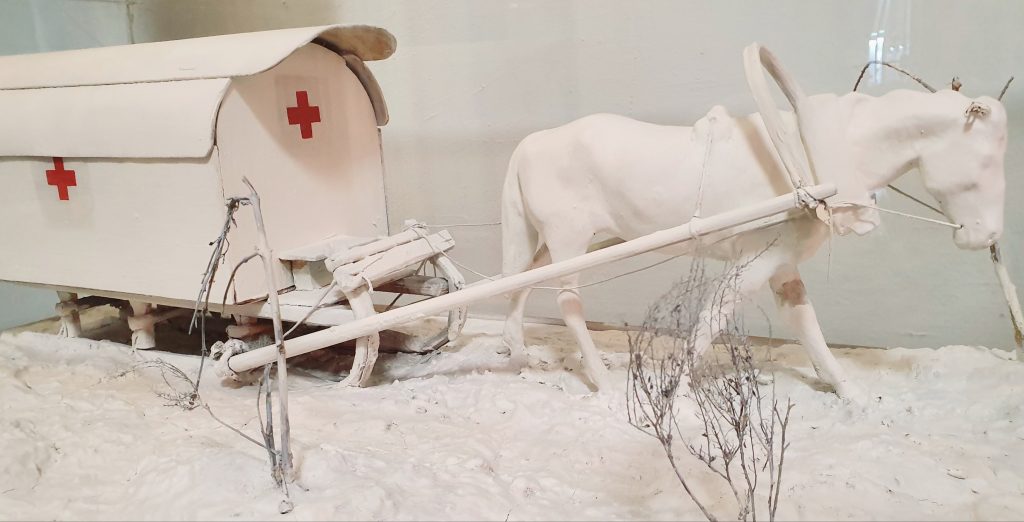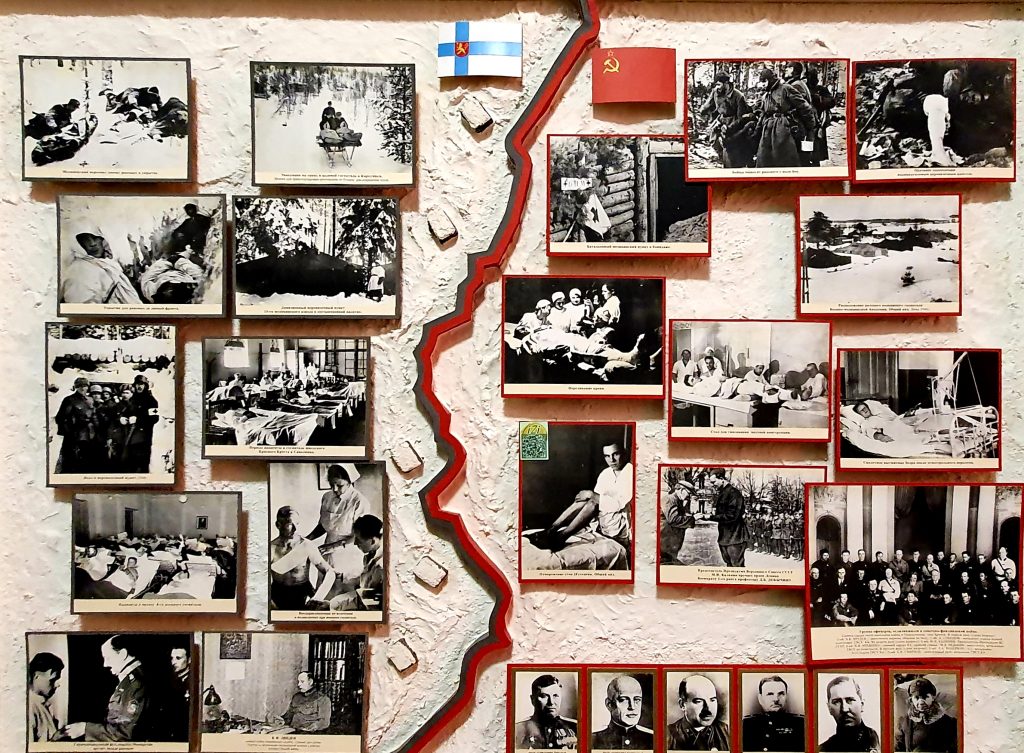Fighting with the Japanese invaders in the area of Khasan (1937) and on the Khalkhin-Gol river (1938) were the first test of readiness for a major war for the healthcare service of the USSR.
The exposition presents a number of artefacts - "witnesses" of that time events. These are personal belongings, documents, awards of Lieutenant General of the medical service, corresponding member of the AMS, and holder of Habilitation degree in Medicine M. N. Akhutin (1898-1948), who, being a Professor at that time, consultant surgeon, led the surgical service of the far Eastern front.
Here is a photo of Boris Petrovich Begoulev (1905-1969), the military doctor of the 2nd rank and the first of the military doctors who was awarded the title of Hero of the Soviet Union in 1938. Leading the work of the regimental medical center, he dexterously managed the provision of medical assistance under the drum-fire of the enemy, personally carried out the wounded from the battlefield and evacuated them to the rear. He was wounded and twice concussed in these battles.
The Soviet-Finnish war of 1939-1940 was a second and very serious test for the entire Red Army medical service. It began and continued in an exceptionally harsh winter. Snowdrifts made it difficult to evacuate the injured, and severe frosts caused massive chilblains and made it difficult to treat patients.
To transport the wounded, ski-stretchers, drag boats, and covered sledges were used. To protect soldiers from gunshot wounds, armored ski shields were constructed, and special armored vehicles were used to evacuate the wounded from enemy fire. A number of items of medical equipment are displayed: a medic's bag with bandages, a sanitary bag for dog equipment, a chemical heating pad for warming the injured during evacuation.
Photos on the stand and documents in the showcase reflect the selfless work of both Soviet and Finnish military medical workers.
